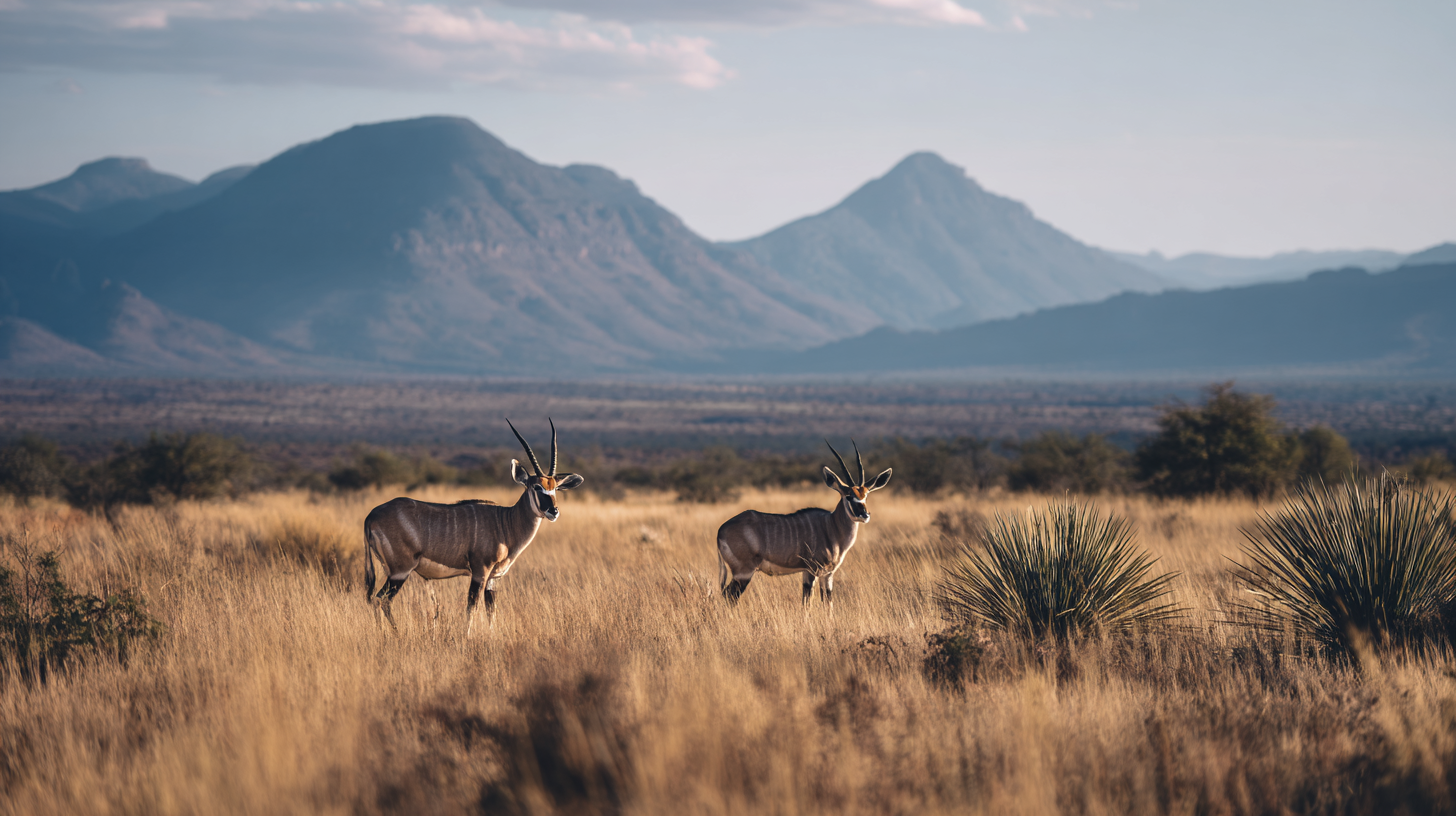Beyond the Big Five: Wildlife Moments Locals Cherish
When most travelers think of a safari in South Africa, their minds immediately turn to the “Big Five.” Yet for locals, the most memorable encounters often involve smaller, overlooked species that reveal the hidden complexity of the ecosystem. From the vivid flashes of bee-eaters darting through the sky to the rustle of a shy pangolin at dusk, these encounters form a tapestry of life that tourists rarely focus on. For those who live near the reserves, it is the subtler interactions—an owl calling at night, a herd of springbok moving in unison—that shape their perception of the land.
These moments are not about ticking animals off a checklist but about building a relationship with the environment. Locals know that appreciating the quiet presence of a tortoise crossing the path can be just as powerful as watching a lion hunt. This perspective encourages visitors to slow down, listen, and observe, turning a safari into a more layered and personal experience. By shifting the focus away from spectacle and toward everyday rhythms, travelers gain insights into how wildlife coexists in fragile balance.
Hidden Trails and Community-Led Safaris
South Africa offers much more than the well-worn safari routes packed with tour vehicles. Locals often choose smaller, community-managed trails where the pace is slower, and the emphasis lies in connection rather than consumption. These guided experiences allow visitors to walk alongside community rangers who share stories passed down through generations. Whether it is recognizing plants used in traditional remedies or spotting animal tracks in the sand, the walk becomes a lesson in living knowledge.
Community-led safaris also help sustain villages by ensuring that the benefits of tourism flow directly to residents. Instead of reinforcing clichés, they create bridges between travelers and the people whose heritage is tied to the land. Guests may find themselves learning how to read the sky for signs of weather change or listening to folk tales under the stars. Such moments replace rehearsed scripts with genuine storytelling, making the experience both educational and deeply human.
Traditional Food and Stories Around the Fire
Dining on safari is often presented as an indulgent luxury, yet locals experience it quite differently. Around rural homesteads and village fires, food becomes a vehicle for connection and memory. A simple pot of maize porridge, flavored with wild greens, can carry as much significance as a lavish lodge dinner. These meals speak of resilience and resourcefulness, shaped by the seasons and the surrounding land. Visitors who share in this food often discover flavors that reflect centuries of cultural adaptation.
Equally important are the stories told while eating. Around the fire, elders recount myths of animals that teach lessons about respect, courage, or humility. These narratives are woven into the rhythm of daily life, turning dinner into an act of cultural preservation. For travelers, participating in such moments goes far beyond dining—it is about entering a space where hospitality, memory, and identity merge. Through food and storytelling, one begins to see safari not as a staged performance, but as an extension of lived experience.
Everyday Rhythms of Village and Rural Life
Tourists often view South Africa’s rural settlements only from a distance, missing the intricate rhythms of daily life. For locals, the landscape is more than a backdrop for wildlife—it is where people plant, harvest, and celebrate. Children walk long paths to school at sunrise, while elders gather to share news beneath shady trees. Each activity, however ordinary, is tied to traditions that bind communities together.
Participating in these routines offers visitors a chance to understand safari as more than a pursuit of animals. Observing how villagers collect water, prepare meals, or create crafts reveals the interdependence between people and nature. This context deepens appreciation of conservation efforts, showing that wildlife protection is inseparable from community well-being. When visitors step into these rhythms with respect, they experience the land through the same lens as those who call it home.
Sacred Landscapes and Untold Cultural Heritage
Beyond the plains and reserves lies a South Africa deeply rooted in sacred landscapes. Hills, rivers, and forests are often associated with myths, rituals, and ancestral connections. For locals, these places are not just scenic attractions but living sites of cultural memory. A mountain may be revered as a dwelling place of spirits, while a river may serve as the setting for initiation ceremonies. To witness these spaces with guidance from community members is to understand safari as a journey into heritage.
Such landscapes reveal stories seldom told on conventional tours. A guide from the area may share how certain plants are used in rites of passage, or how specific songs echo through generations. These traditions illustrate that the land carries meaning beyond its natural beauty. By exploring sacred sites with locals, visitors encounter an invisible layer of South Africa—one where nature, spirituality, and identity are inseparably intertwined.
Sustainable Travel Through Local Partnerships
Travelers often wonder how they can contribute to the places they visit rather than just consume experiences. Sustainable safari practices, shaped by local partnerships, provide an answer. When communities are involved in guiding, storytelling, and conservation, the result is tourism that strengthens cultural identity and protects the environment. Visitors become participants rather than spectators, joining a network of support for both people and wildlife.
One of the most effective ways to achieve this is through small-scale initiatives rooted in respect. By choosing safaris that emphasize local collaboration, travelers directly help fund schools, conservation projects, and cultural preservation. These partnerships replace clichés with meaningful encounters, allowing journeys to leave lasting impact beyond photographs.
Practical ways to travel sustainably include:
- Selecting community-based lodges and guides
- Supporting local food producers and artisans
- Learning and respecting cultural customs
- Reducing environmental footprints while traveling
- Sharing stories that highlight authentic experiences rather than stereotypes
In this way, safari becomes a tool for empowerment, weaving together conservation, culture, and human connection. Instead of reinforcing outsider narratives, it nurtures the perspectives of those who live the reality every day. Sustainable travel invites visitors to become allies in safeguarding the natural and cultural heritage of South Africa for generations to come.
Questions and Answers
Answer 1: Because these moments reflect deeper connections with the land, showing the balance of everyday life beyond dramatic spectacles.
Answer 2: They emphasize storytelling, traditional knowledge, and local benefit, creating authentic and sustainable experiences.
Answer 3: Meals around the fire become cultural exchanges, combining simple ingredients with storytelling that preserves heritage.
Answer 4: It reveals the interdependence between people and nature, showing how conservation and daily life are closely connected.
Answer 5: By choosing local guides, respecting cultural traditions, supporting communities, and minimizing environmental impact.

